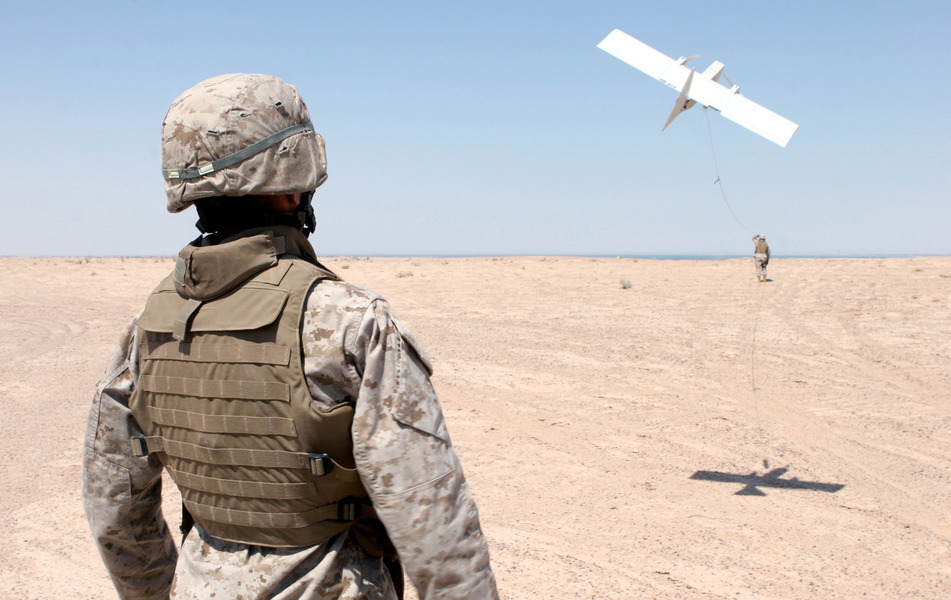Peter Margulies on Boston University "Long War" Conference
Peter Margulies writes in with an excellent summary of what sounds like a fascinating conference Friday at Boston University:
BU’s conf.
Published by The Lawfare Institute
in Cooperation With

Peter Margulies writes in with an excellent summary of what sounds like a fascinating conference Friday at Boston University:
BU’s conf. Friday on the “Long War” in Afghanistan and Pakistan featured good news and bad news. The conference, co-sponsored by the Naval War College (NWC) and ASIL’s Lieber Society and expertly coordinated by BU’s Robert Sloane, offered surprising consensus on law regarding drone attacks and the policy benefits of transparency in the US’s legal rationale. However, speakers raised more questions than they answered on the strategic prospects for current US efforts. Consensus was clearest on jus in bello justifications for drone strikes: NWC’s Mike Schmitt and Rick Rousseau and Joint Chiefs’ Gary Corn agreed with Human First’s Gabor Rona and Harvard’s Gabriella Blum not only on core principles such as distinction and proportionality, but also on the tactical importance of precautions that further limit collateral damage. Mike Schmitt explained that drones, with their advanced video and loitering capabilities, are far more precise than traditional aircraft, able to spot social patterns that evidence a target’s belligerency and delay a strike until the target is safely away from large concentrations of civilians. BU’s Susan Akram did not disagree, but argued that estimates of collateral damage from drone strikes are contested, with some estimates significantly higher than official US counts. Consensus frayed on the jus ad bellum threshold for the use of force. AU’s Ken Anderson (who posted about his talk here), argued that geographic restrictions on the use of force are inherently arbitrary when dealing with fluid terrorist threats. Anderson argued for a flexible view of self-defense, which considers not only the temporal imminence of threats, but also the target’s track record and level of commitment. Necessity also plays a role, with a strike justified if a host country is unwilling or unable to deal with the threat. Referring to a debate within the US government between the State Department’s Harold Koh and DOD’s Jeh Johnson, Anderson saw no difference between targeting higher-ups in Al Qaeda (or associated forces operationally allied with AQ) and targeting foot-soldiers; Human Rights First’s Rona agreed on this point, but clearly remained worried about the broad geographic scope of US strikes, suggesting that the US had given its forces a global “license to kill.” Consensus also frayed on the review of detention decisions. None disagreed that review should be robust and independent, with detainees given access to evidence and decisions insulated from veto by commanding officers. As Blum observed, the US has adopted this approach in Afghanistan and also transferred most detention authority to the Afghan government. However, while IHL may require no more, human rights law disfavors indefinite detention and generally demands some judicial role, as suggested by the recent European Court of Human Rights decision in Al Jedda v. United Kingdom. Unless the US and EU find a middle ground, this clash could undermine global counterterrorism efforts. Consensus returned on the benefits of transparency in US criteria for drone attacks. No panelist was satisfied with the description of the OLC memo on slain AQAP leader Anwar Al Aulaqi leaked to the New York Times’ Charlie Savage. At least one speaker suggested the administration was trying to have it both ways, doling out selected details of its legal case while maintaining a decidedly thin veneer of deniability. Dissensus predominated on strategic prospects in Afghanistan and Pakistan. David Kilcullen, who helped shape COIN policy in Iraq, put the matter starkly: the Taliban have been successful in Afghanistan with a bottom-up strategy that promoted stability through “rules of the road” enforced by local Taliban courts. They have gained both active and tacit support by limiting residents’ exposure to unpredictable violence. In contrast, Kilcullen noted, the US has pursued a top-down strategy, working with a central government that is widely viewed as corrupt and lacks a local presence in much of the country. While Kilcullen agreed that US forces were doing valuable work on the local level, he wondered whether these efforts would be sufficient. Akram argued that drone attacks have been a counter-productive strategy, intensifying resentment of the US and driving terrorist recruitment. BU’s Andrew Bacevich criticized both COIN and force-centered counterterrorism, arguing that neither served strategic goals, but merely funneled resources to US entities that reaped expanded budgets and bottom lines from permanent US military engagement. The dissensus on strategy illustrates a central US dilemma. Kilcullen was surely correct that a top-down strategy will fail in Afghanistan given the power of local forces hostile to the central government. However, a bottom-up strategy requires time and resources that are politically difficult to sustain for the US. At the same time, US disengagement will also increase anti-US feeling in the region; as Akram noted, the US disengagement in the 1990s after the Soviet Union’s collapse helped pave the way for the ascendancy of violent extremists. Fashioning a US role that will be sustainable both domestically and in the region is a key task that conference participants identified: policymakers will have to meet this challenge.
Benjamin Wittes is editor in chief of Lawfare and a Senior Fellow in Governance Studies at the Brookings Institution. He is the author of several books.


.jpg?sfvrsn=82a6ee72_5)


